Research
Naruse team
In our laboratory, we study the effects of mechanical stress on the human body. Mechanical stress is a physical stimulus that can include stretching, pressure, shear stress, and gravity.
In the condition of hypertension, the heart is exposed to both pressure and stretching stimuli. Also, when jumping or landing, the knee joint experiences strong forces, and cartilage cells are exposed to high pressure. These mechanical stresses are known to be the causes of diseases such as heart failure and cartilage damage.
We use cultured cells, experimental animals, or human subjects to study the effects of mechanical stress on tissue physiology and diseases. Our research findings are expected to be useful for the prevention and treatment of diseases caused by mechanical stress.
1. Molecular mechanism of mechanotransduction
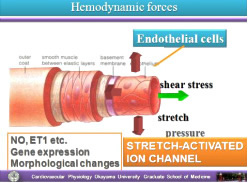
Mechanical stress can be classified into three main types: stretching, shear stress, and hydrostatic pressure. However, our understanding of the receptors for these stresses is still very limited. We are investigating the molecular mechanisms of mechanotransduction using cardiovascular cells.
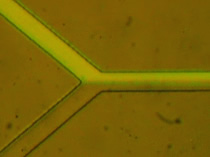
Microchannel to apply shear stress
It is possible to generate high shear stress and laminar flow in a microchannel with a width of 500 μm and a height of 50 μm. Cell culture is also possible in this microchannel.
2. Mechanical stress and pathology
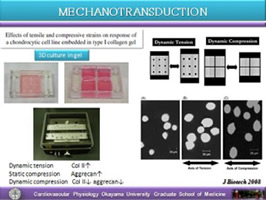
When vascular endothelial cells cultured in a stretching chamber are subjected to uniaxial cyclic stretching, they align perpendicular to the stretching direction.
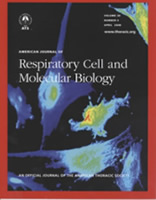
When vascular endothelial cells located in the intima of a blood vessel are subjected to a 20% stretch stress, the intracellular calcium ion concentration increases with a single stimulus.
3. Mechanical regenerative medicine
Our bodies are three-dimensional structures that are subjected to stretch and compression stresses. Therefore, we have developed a system to apply stretch and compression stresses to three-dimensional cultured cells. In addition, we are developing a completely synthetic self-assembling peptide gel scaffold that will replace collagen for future regenerative medicine.
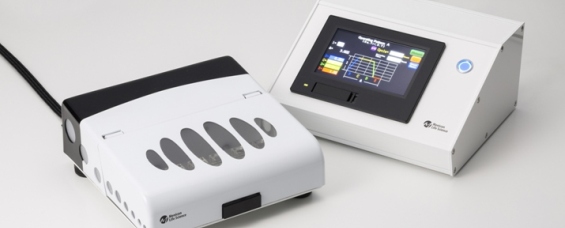
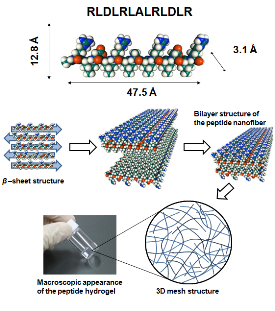
The molecular structure of self-assembling peptide gels. Beta-sheet structures are formed by intermolecular interactions between alternating charges, leading to nanofibrillation. It constitutes a gel with a water content of over 99%.
